Een tafelmodel van een grote röntgen-faciliteit
Wat doe je als jouw onderzoek afhankelijk is van een grote internationale faciliteit waarvoor je ver moet reizen en die je maar zeer beperkt kunt gebruiken? Moniek Tromp bouwde er een tafelmodel van waarmee ze een groot deel van haar onderzoek naar nieuwe batterijen kan uitvoeren in haar eigen lab.
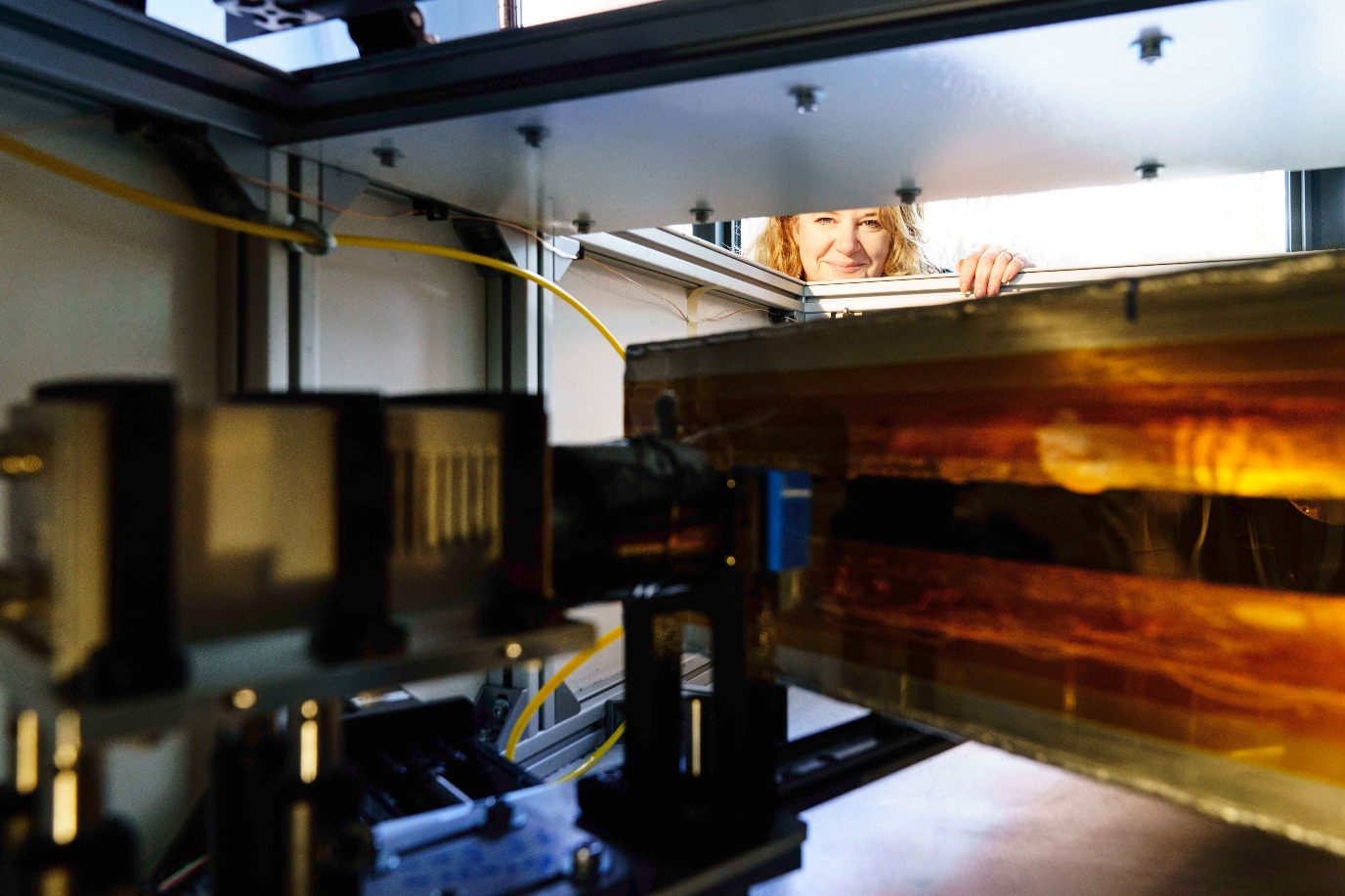
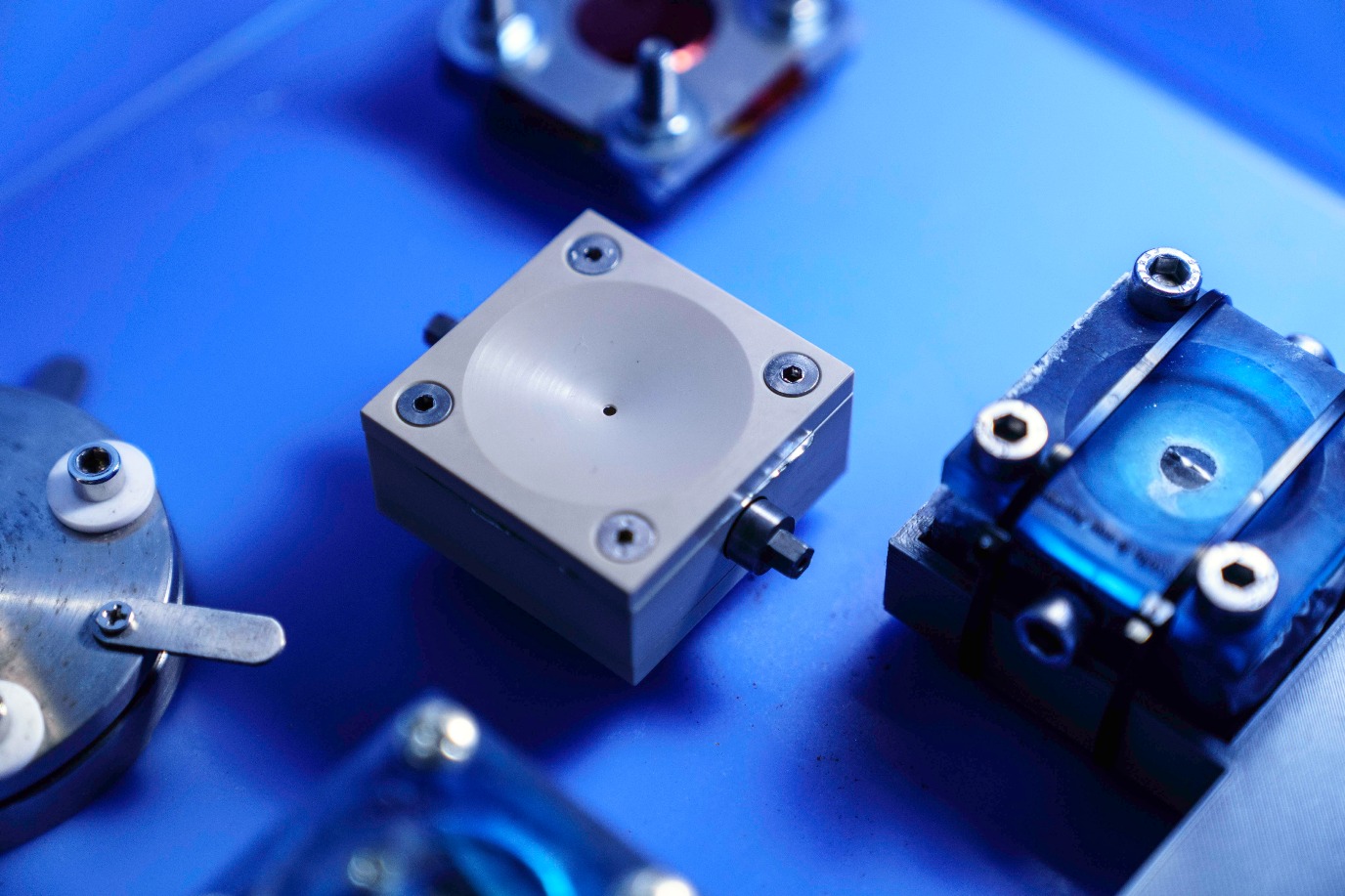
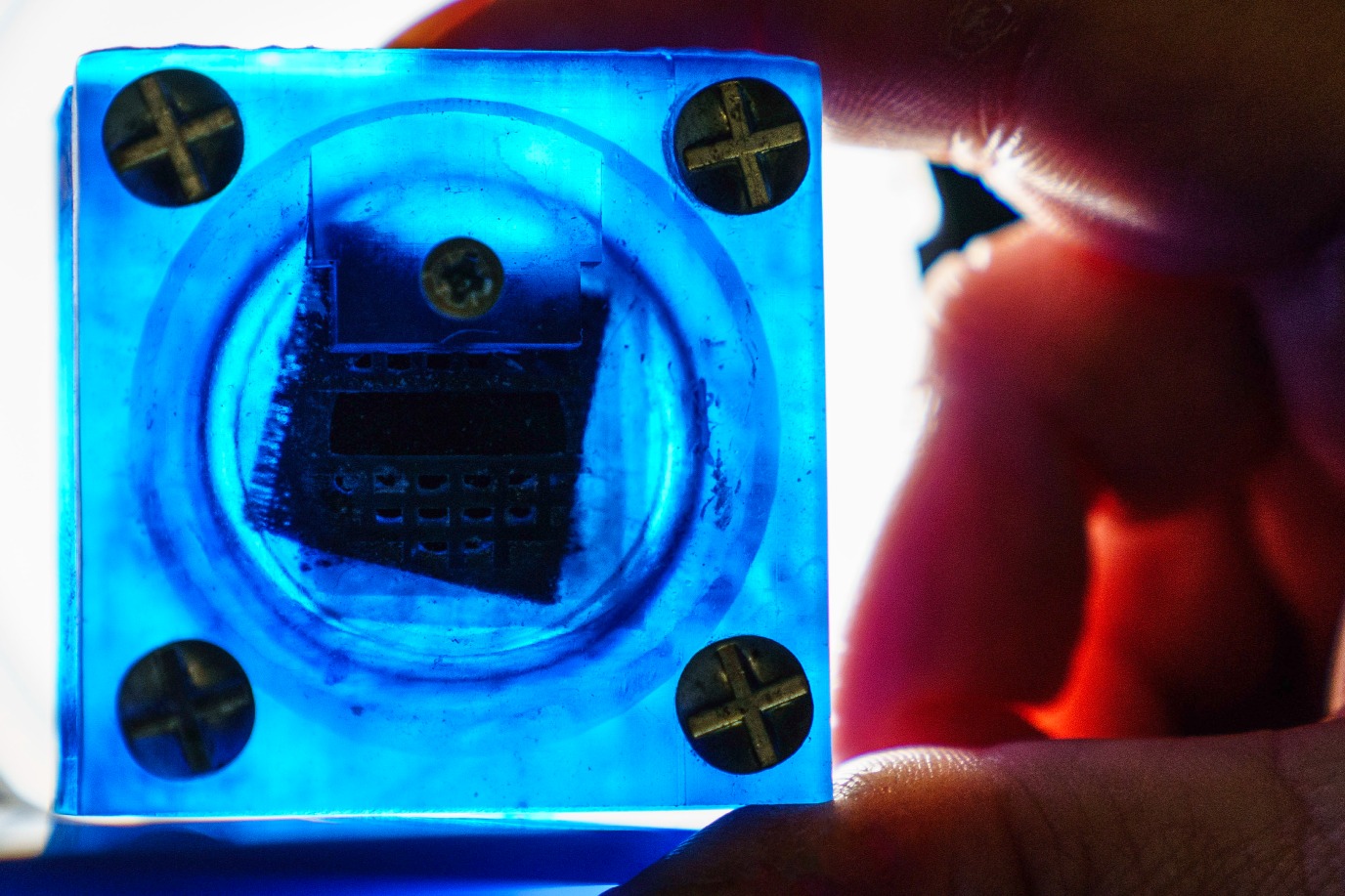
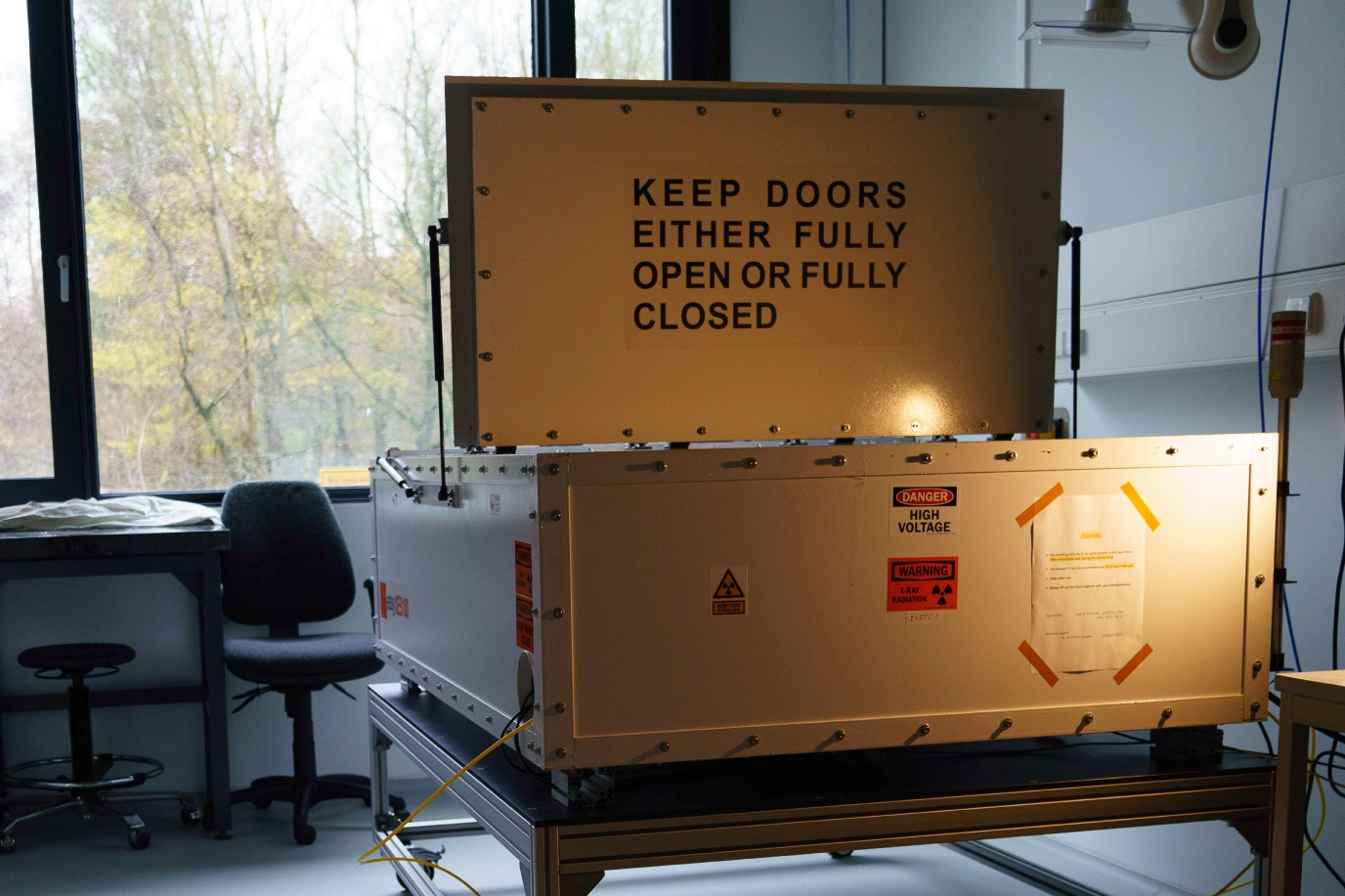
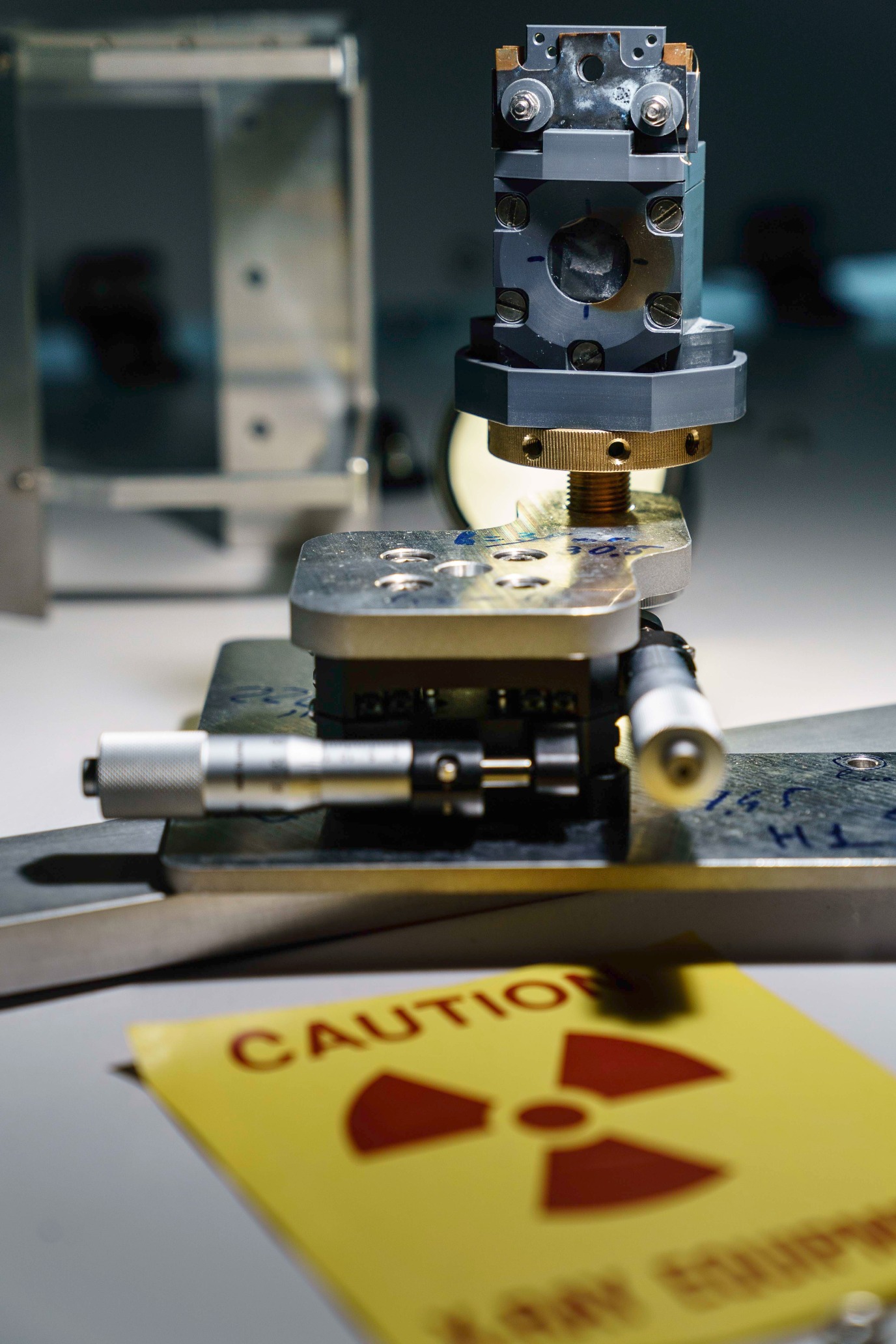
Tromp ontwikkelt en bouwt de batterijen van de toekomst. Die zijn nodig om groene energie op te slaan uit onregelmatige energiebronnen als zon of wind – een vitaal onderdeel van onze duurzame toekomst. ‘De huidige batterijen gaan niet lang genoeg mee, vooral door processen op atomair niveau in de elektroden.’
Om uit te vinden wat er allemaal gebeurt in een batterij tijdens opladen en ontladen moet Tromp de atomen erin bekijken, met een techniek die ‘spectroscopie’ heet. Als licht atomen in een monster raakt worden er specifieke golflengten geabsorbeerd of gereflecteerd. Dat levert een soort ‘vingerafdruk’ op, waarmee onderzoekers de atomen kunnen identificeren en informatie krijgen over de omgeving waarin die atomen zich bevinden. Voor dit onderzoek gebruikt Tromp röntgenstralen in plaats van zichtbaar licht. ‘De beste metingen krijg je in zogeheten synchrotrons, grote faciliteiten die je vindt in Grenoble, Hamburg of de VS.’
Deze synchrotrons leveren beelden in de hoogste resolutie, zowel in tijd als ruimtelijk. ‘Je kunt zien hoe materialen binnenin de batterij veranderen in hun structuur en elektronische eigenschappen, en hoe verschillende atomen en moleculen door de batterij bewegen tijdens het laden en ontladen.’ Maar het werken in zo’n faciliteit ver weg van het eigen lab is ingewikkeld. Daarom besloot zij een eigen tafelmodel te ontwerpen. Dat is minder nauwkeurig, maar voor de meeste metingen nauwkeurig genoeg.
De vierkante doos met een diameter van pakweg anderhalve meter staat inmiddels op de begane grond van het nieuwe Feringa Building. Dat Tromp zo’n faciliteit naast haar gewone lab heeft staan versnelt haar onderzoek naar de duurzame batterijen van de toekomst. ‘We kunnen een experiment doen, bijvoorbeeld door de interne afmetingen aan te passen, en dan direct meten wat het gevolg daarvan is.’ En er was nog een – onvoorzien – voordeel van haar eigen tafelmodel spectroscoop: ‘Tijdens de lockdowns vanwege het coronavirus kon ik dankzij dit apparaat gewoon doorwerken.’
Tekst: FSE Science Newsroom | René Fransen
Foto’s: Reyer Boxem
In Makers van de RUG belichten we elke twee weken een onderzoeker die iets concreets heeft ontwikkeld: van zelfgemaakte meetapparatuur voor wetenschappelijk onderzoek tot kleine of grote producten die ons dagelijks leven kunnen veranderen. Zo dragen RUG-onderzoekers bij aan oplossingen voor grote wetenschappelijke en maatschappelijke uitdagingen. Eerdere portretten van ‘Makers’ vind je op de overzichtspagina.
Techniekonderwijs en -onderzoek maken bij de RUG al decennia deel uit van een breed palet aan sterke disciplines en landelijk werken we steeds intensiever samen met de vier technische universiteiten.
Meer informatie
Meer nieuws
-
19 december 2025
Mariano Méndez ontvangt Argentijnse RAÍCES-prijs
-
18 december 2025
Waarom innoveren, en voor wie?
-
17 december 2025
Ben Feringa wint Feynmanprijs
